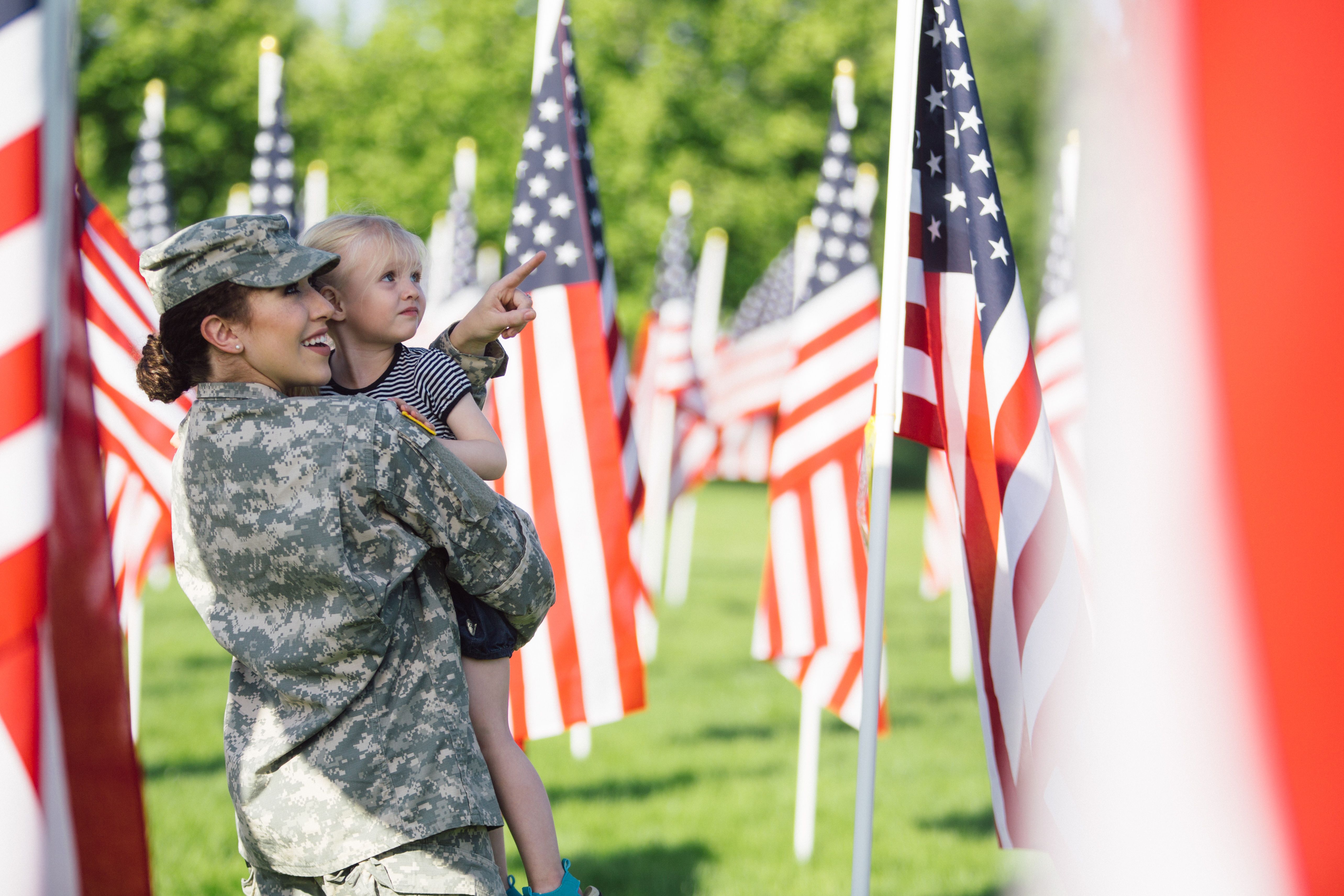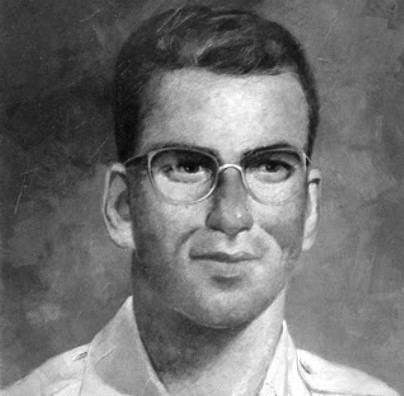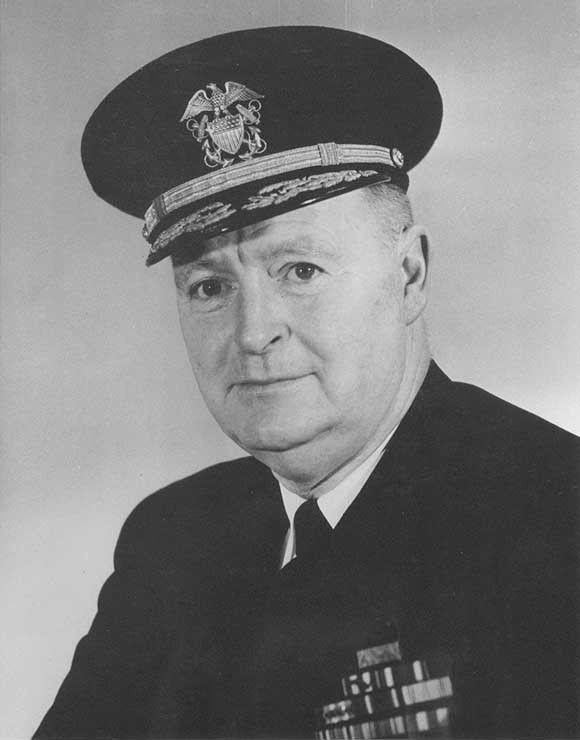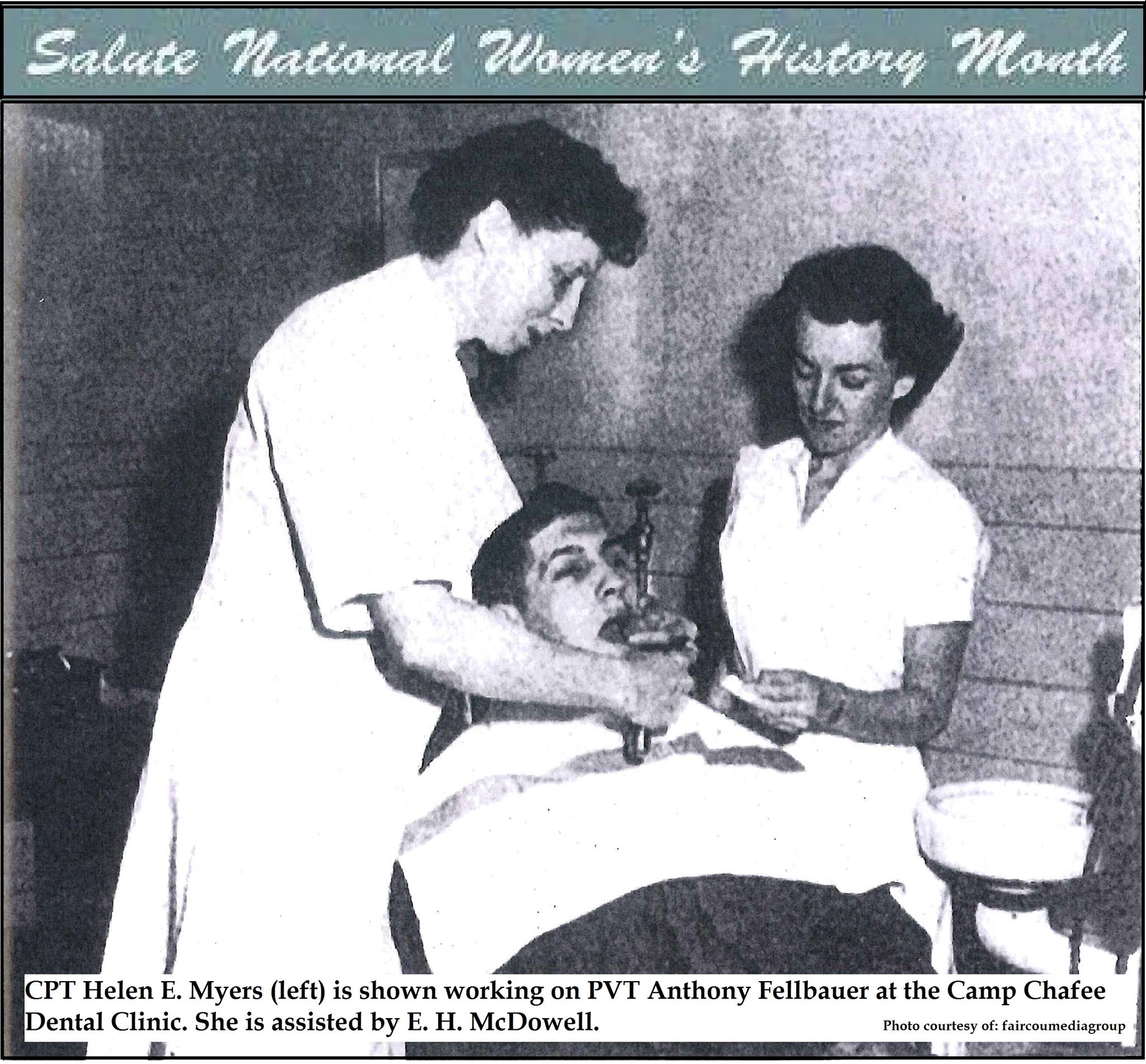- About Us
- Advertise
- Editorial
- Contact Us
- Terms and Conditions
- Privacy Policy
- Do Not Sell My Personal Information
© 2025 MJH Life Sciences™ and Dental Products Report. All rights reserved.
Prominent Figures in Military Dentistry
In recognition of Memorial Day, we’ve compiled important or influential dentists who were veterans or served as dentists in the armed forces.

©mie/stock.adobe.com
With Memorial Day approaching, it’s about time to break out the grill and barbeque something tasty. But the long weekend is also time to reflect on those who have made the ultimate sacrifice for our country.
Originally known as Decoration Day, Memorial Day originated in the years following the Civil War. By the late 1860s, Americans were honoring fallen soldiers with springtime tributes that included decoring graves with flowers and reciting prayers.1 While it’s unclear where this tradition originated, some records indicate the earliest Memorial Day ceremonies were organized by a group of formerly enslaved people in Charleston, South Carolina after the end of the Civil War in 1865.1 However, Memorial Day wouldn’t become a federal holiday until 1971.1
In recognition of Memorial Day, we’ve compiled important or influential dentists who were veterans or served as dentists in the armed forces.
Reference
- Memorial Day history. history.com. May 16, 2022. Accessed May 24, 2022. https://www.history.com/topics/holidays/memorial-day-history

Capt. Benjamin Lewis Salomon
Captain Benjamin Salomon was an Army dentist during World War II. He was born in Milwaukee, Wisconsin in 1914, and earned his dental degree from the University of Southern California Dental School in 1937. He would then go on to run his own practice before being drafted into the Army in 1940.
Salomon began his military service as an infantry private and qualifying expert in rifle and pistol. In 1942, he was given notice that he would become an officer in the Army Dental Corps and was commissioned as a first lieutenant. He would then go on to serve in the 102nd Infantry Regiment and was then the regimental dental officer for the 105th Infantry Regiment, 27th Infantry Division. By 1944, he was promoted to the rank of Captain.
In June 1944, Capt. Salomon saw his first combat when he went ashore in Saipan with the 105th. As there was little dental work to do during combat, Capt. Salomon volunteered to replace the 2nd Battalion’s wounded surgeon. As the battalion advanced, his aid station was just 50 yards behind the forward foxhole line. On July 7, fighting was heavy and a Japanese assault overran the perimeter and soon, the aid station. Capt. Salomon was able to grab a rifle to protect the tent as he ordered that the wounded be evacuated. He stayed behind and fired a machine gun to cover their withdrawal.
When an Army team returned to the site days later, Capt. Salomon’s body was found heavily wounded, and slumped over the machine gun—with the bodies of 98 enemy soldiers piled up in front of his position.
In the following months, witness accounts were gathered to prepare a recommendation for the Medal of Honor for Capt. Salomon, which was originally denied due to the United States’ adherence to the Geneva Convention—which states that medical non-combatants may not receive the honor for actions in an offensive.
Finally, in 2002, the recommendation was revisited and President George W. Bush presented Capt. Salomon’s Medal of Honor to Dr Robert West of the USC Dental School. He was just the third Jewish American and third military dentist to win the award.

Vice Admiral Alexander Gordon Lyle
Alexander Lyle was born in Gloucester, Massachusetts in 1889. He graduated from Baltimore College with a dental degree in 1912 and soon accepted a commission in the U.S. Navy in 1915 as a lieutenant.
Lt. Comdr. Lyle served as a dental officer with the 5th Regiment of the U.S. Marine Corps on the French front during World War I. On April 23, 1918, he risked his life to rescue a corporal who had been seriously wounded during heavy shellfire. He saved the corporal's life by treating his wounds using surgical aid.
At the time, the Navy still awarded 2 different versions of the Medal of Honor—for combat and non-combat operations. Lt. Comdr. Lyle was awarded the combat version, known as the Tiffany Cross, becoming just the second dentist to be awarded a Medal of Honor. He died in 1955 and is buried at Arlington National Cemetary. His Medal of Honor is on display at the National Naval Medical Center in Bethesda, Maryland.

Major Helen E. Myers
Born in Lancaster, Pennsylvania, Maj. Myers graduated from Temple University with her dental degree in 1941. She practiced privately alongside her dentist father in Lancaster.
During World Wars I and II, many women enlisted as volunteers in the U.S. Military and were dismissed from their duties—usually clerical roles— at the conclusion of each conflict. Although Congress had given the Women’s Army Corps (WAC) full army status during wartime in 1943, the WAC law was scheduled to expire on June 30, 1948. The Women’s Armed Services Integration Act was signed into law by President Harry Truman on June 12, 1948. It allowed women to serve as permanent, regular members of the army, navy, marine corps, and the recently formed air force.
The US Army Dental Corps under the Army Female Medical Department Act was passed soon after in 1949. Maj. Myers had spent the previous 10 years campaigning for legislation that would permit women to enroll in the Dental Corps and the Army Female Medical Department Act allowed her to do so. She became the first woman commissioned in the Army Dental Corps in 1951, and she was commissioned as a Captain.
Captain Myers went through Army training at Fort Sam Houston in Texas, where she learned to use a rifle and machine gun in a close combat course. She was the only officer in a class of 250 male physicians and dentists at the Medical Field Service School Orientation Course. Capt. Myers reported for duty to Fort Lee, Virginia, on March 21, 1951.
